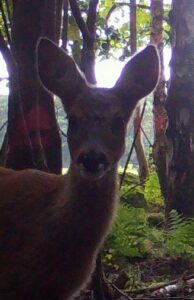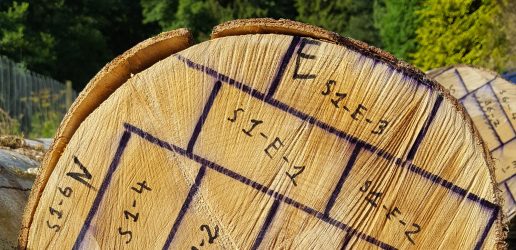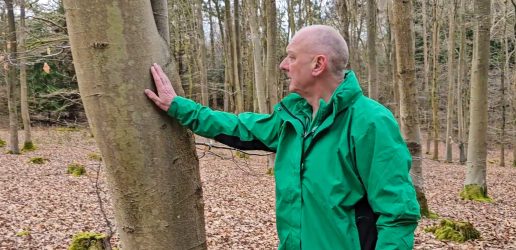A new study by researchers from the University of Stirling and Forest Research is aiming to examine the impact of deer on the development of woodland ecosystems by using camera traps. The innovative study, which has received funding from the British Deer Society, will use automated cameras to quantify woodland use by deer as well as assessing their impacts on woodland vegetation/structure, and the potential cascade of effects on woodland biodiversity.

This study forms part of the ongoing Woodland Creation & Ecological Networks (WrEN) project, a large-scale natural experiment designed to look at the development of biodiversity in secondary woodlands created over the past 160 years.
Since 2013, over 100 woodland sites created on former agricultural land between 1850 and 2000 have been surveyed for a wide range of species. To date, over 1100 species have been recorded, including vascular plants, lichens, bryophytes, invertebrates, small mammals, bats and birds.
WrEN’s initial findings have improved our understanding of how woodland attributes (such as vegetation structure) and landscape-level factors (such as the degree of connectivity) influence successful colonisation and capitalisation of new resources by woodland biodiversity. Woodland structure has been identified as a key variable for many groups of woodland species.
New insights from the camera trapping study, in addition to existing data, will give valuable information to maximise the benefits of woodland creation for biodiversity and help inform future conservation actions.
More information on this partnership work is available from the WrEN project website.

Forest Research, in partnership with Edinburgh Napier University, have taken a first step in systematically assessing the timber potential of underutilised species in the UK.
Tree professionals working in arboriculture are being asked to take part in a new tree health survey as part of a DEFRA-funded project looking at pathways and practices concerning the tree disease, canker stain of plane.

Nature, the world’s leading multidisciplinary science journal, has published findings from a new global study investigating which tree species fix the most carbon.

Forest Research, in partnership with Edinburgh Napier University, have taken a first step in systematically assessing the timber potential of underutilised species in the UK.
Tree professionals working in arboriculture are being asked to take part in a new tree health survey as part of a DEFRA-funded project looking at pathways and practices concerning the tree disease, canker stain of plane.

Nature, the world’s leading multidisciplinary science journal, has published findings from a new global study investigating which tree species fix the most carbon.